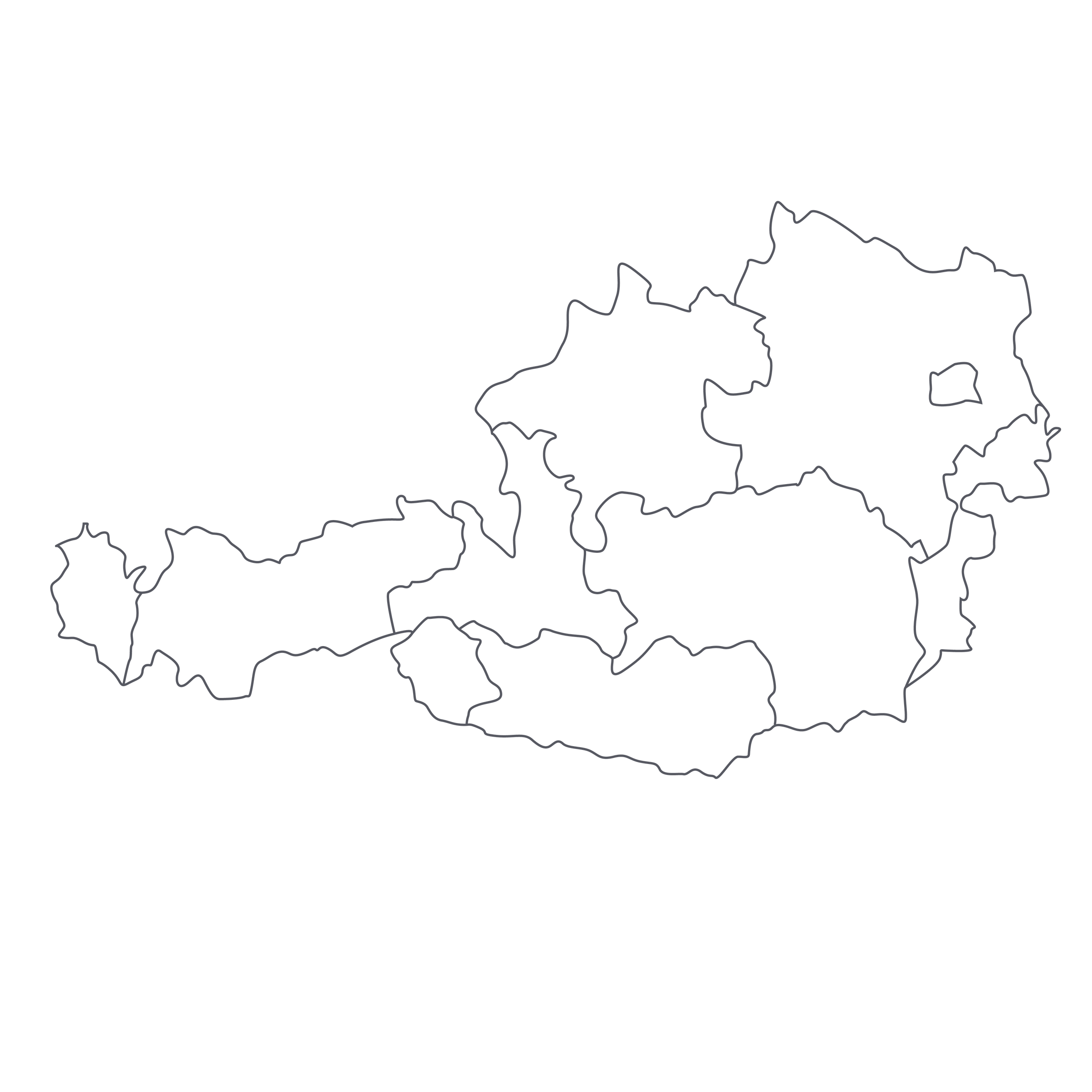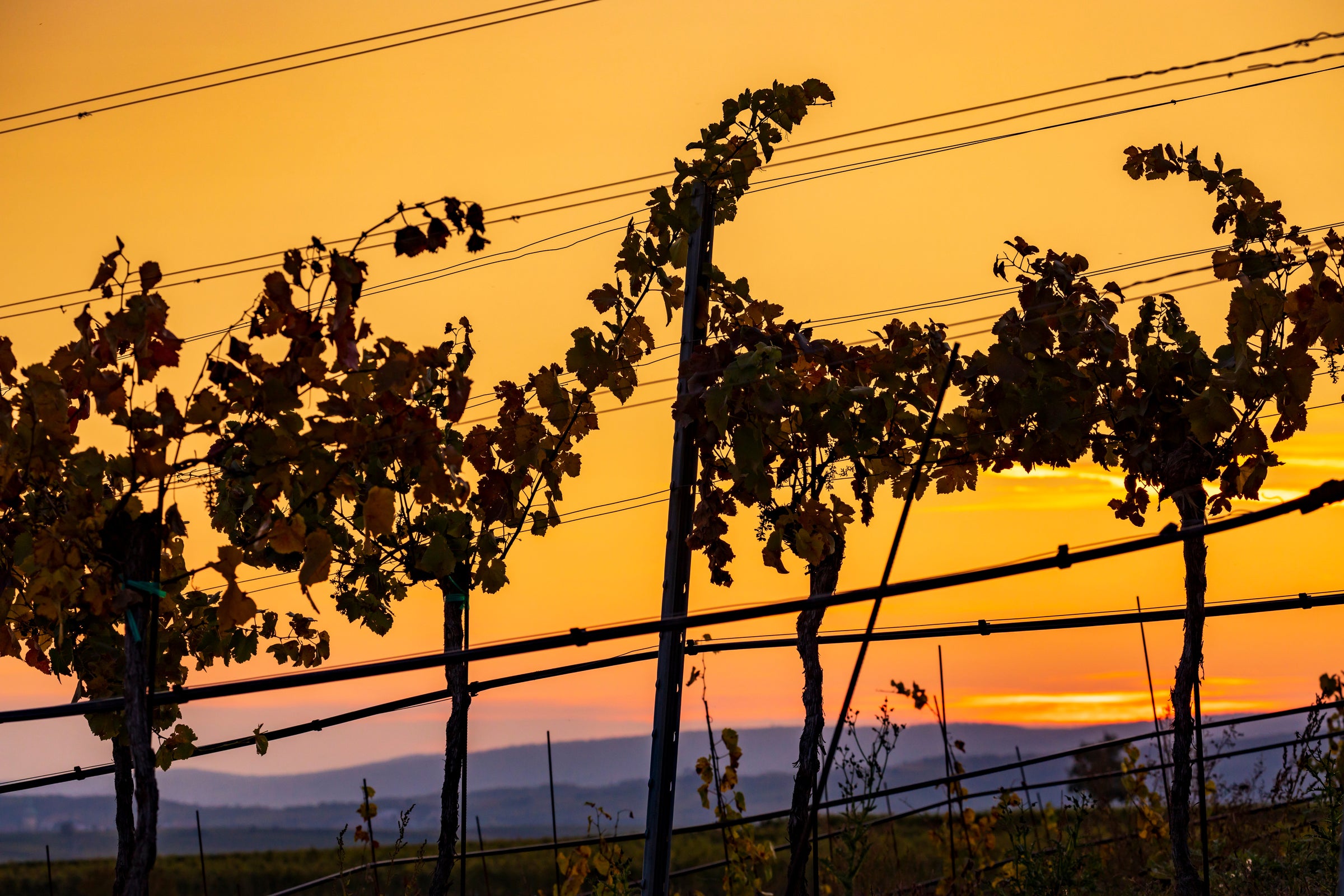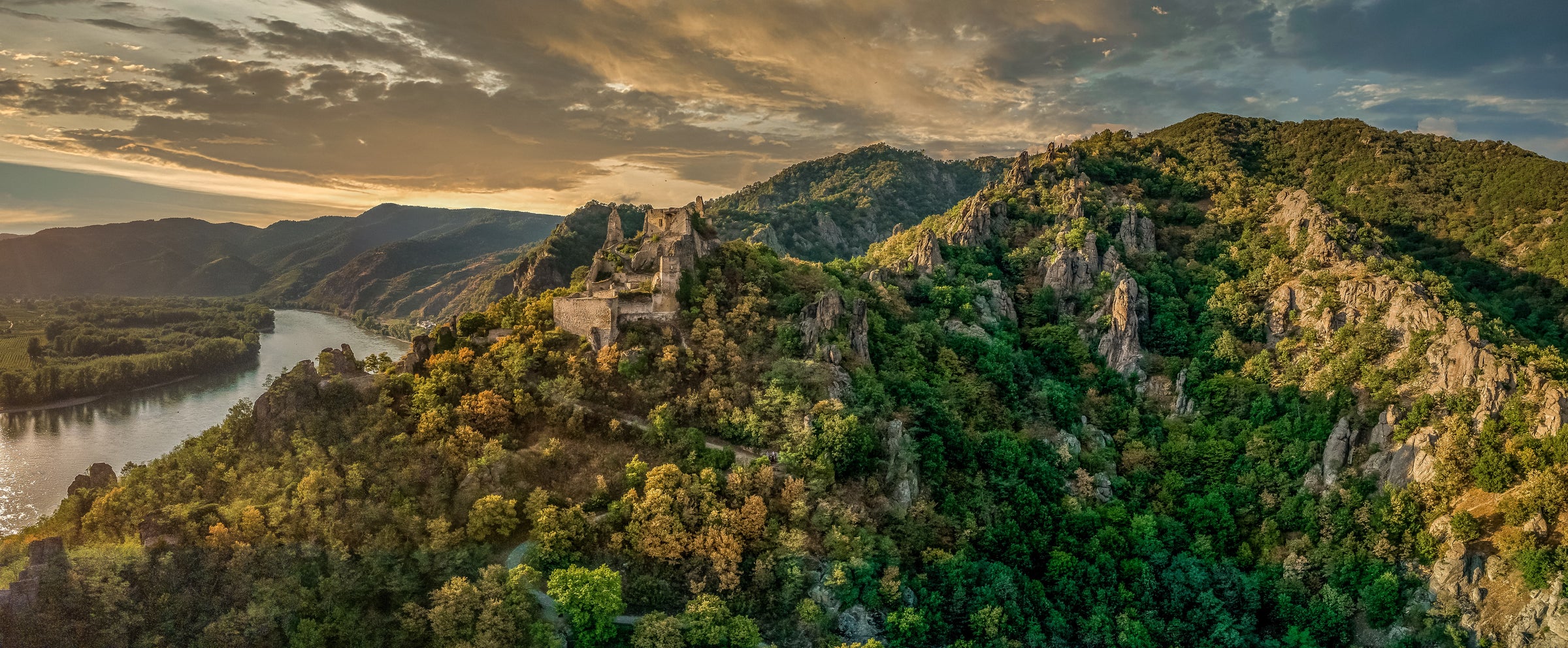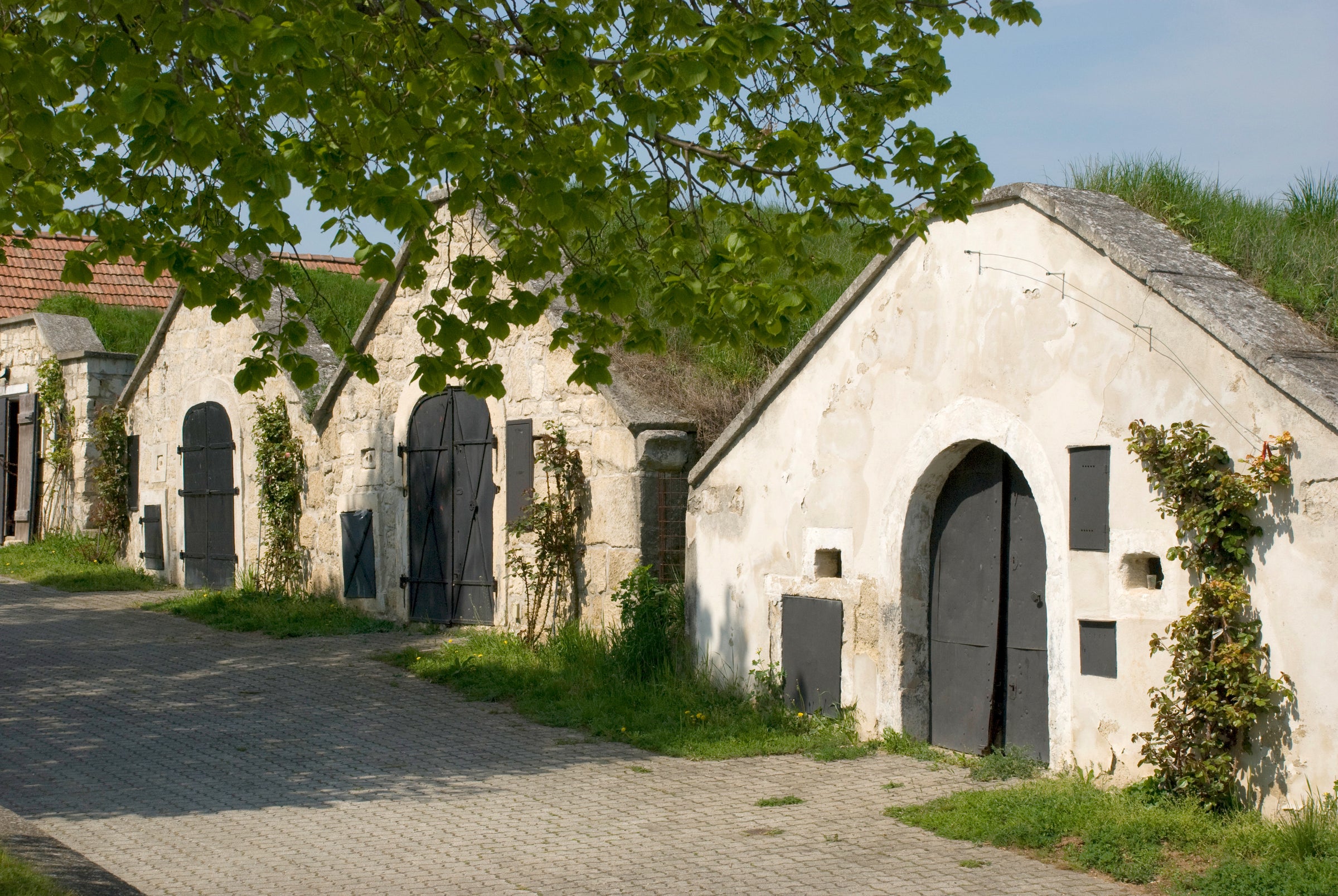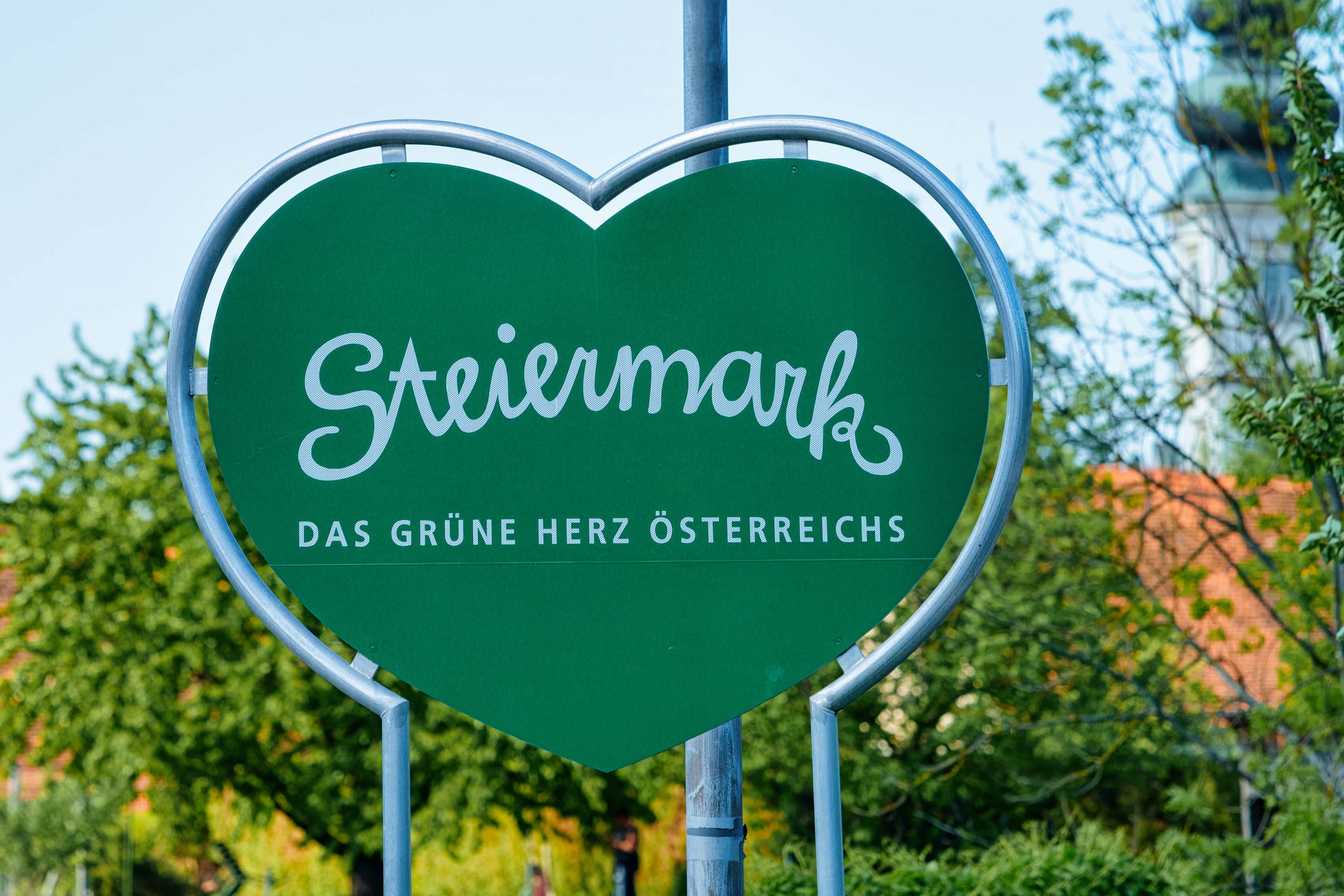When you’re trying to buy a house, there are few metrics more valuable than “comps”—i.e. the prices comparable houses have fetched in your desired area. We taste a ton of wine here each week, and I think perhaps the most valuable service a sommelier can provide is a good sense of the “comps” in a given wine category.
One of the reasons I often taste wines ‘blind’ is that I like to formulate in my head what I think a wine costs (or should cost) as I’m making a quality assessment. This 2015 Grüner Veltliner from Steinschaden was presented to me blind and I’ll admit I was flummoxed. It felt serious, substantial—but rather than wait for my guess, my colleague blurted out its (unbelievably low) price in what can only be described as a fit of excitement. What can I say: These kinds of wines get us pumped up! Austrian Grüner Veltliner is generally hard to beat in terms of quality and authenticity per dollar, but this is ridiculous. Blessed with an extra gear thanks to the superb 2015 vintage, Steinschaden’s Kamptal DAC Grüner is one that’ll surely go down as one of our best values of the year. I can’t think of a better white to have on hand in quantity for the coming Summer months. Man, does it deliver!
It’s worth repeating that this is DAC-level wine, i.e. a wine that meets the requirements for a controlled appellation of origin (Austria’s version is ‘Districtus Austriae Controllatus’). The Kamptal is one of the “Big Three” appellations clustered together along the Danube west of Vienna (along with Kremstal and Wachau to the west), where both Grüner Veltliner and Riesling cling to steep slopes of varying geology. The Kamptal takes its name from the Kamp River, a tributary of the Danube, and the primary soil type (for Grüner) here is loess, a mineral-rich, wind-blown silt fused with calcium carbonate. The Kamptal is the eastern-most of the Wachau-Kremstal-Kamptal triumvirate, feeling a slightly more profound influence from the warmer Pannonian plain to the east, although all of these regions are influenced by a push-pull of warm and cold air—the latter coming in the form of mountain-born breezes from the Waldviertel region to the northwest. This lengthens the growing season, enabling Steinschaden (and others) to harvest Grüner as late as mid-October to ensure optimal physiological ripeness.
This 2015 has the sylvan character and white pepper/radish spice that is unmistakably Grüner Veltliner, but the overall scale of the wine is broader and bolder than you’d expect at this modest price point. Grüner geeks know that the different Austrian appellations have multiple ‘quality’ tiers within them based on grape ripeness levels at harvest, and when I tasted this wine blind my first thought was that it was ‘reserve’-level bottling. It is a big wine (for Grüner), but one that finishes bone-dry, with a quenching minerality.
In the glass the 2015 Steinschaden Kamptal DAC Grüner Veltliner is a reflective straw-gold with green and silver highlights at the rim, and its explosive aromatics are the first sign of a ripe vintage: notes of green apple, white peach, grapefruit, and lime blossom are complemented by spicy/savory hints of coriander, daikon radish and white pepper. The palate is full, lush even, but then zips up beautifully on the citrusy/mineral finish. It’s a wine of both impact and refreshment—not an easy balance to achieve—and I see no reason not to drink it now, and repeatedly. Serve it at 45 degrees in all-purpose white wine stems with all manner of summer salads, particularly some that incorporate seasonal fruits (all the better to highlight the ripeness of this 2015). It would also be amazing with a simple plate of prosciutto with melon. The sweet/savory elements of the attached recipe look extremely enticing to me, but then again, I can’t think of much (aside from red meats) that this wine wouldn’t pair well with. It has all the makings of a Summer staple. Enjoy!


